Quick disconnect couplings are mechanical devices used to swiftly join fluid transfer lines. They also go by many other names, including quick disconnect fittings, quick release fittings, quick disconnects, quick release couplings, quick connect couplings, quick couplings, and breakaway couplings. Read More…
Triumph designs, engineers, manufactures, repairs and overhauls a broad portfolio of aerostructures, aircraft components, accessories, subassemblies and systems. We have developed an exclusive line of Hydraulic Quick Disconnect Couplings, which are standard equipment with virtually every major commercial airline and airframe manufacturer in the free world.
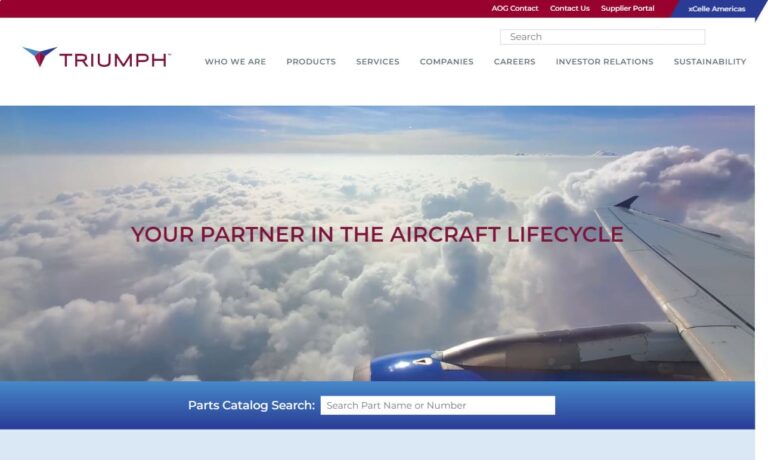
Kent Rubber Supply has been a trusted supplier of industrial couplings and fittings since 1946. Offering all of the connections that you need for your industrial fitting, securement, accessories, and industrial coupling needs. Using our up-to-date assembly process, we can confidently supply all your coupling and fitting solutions.
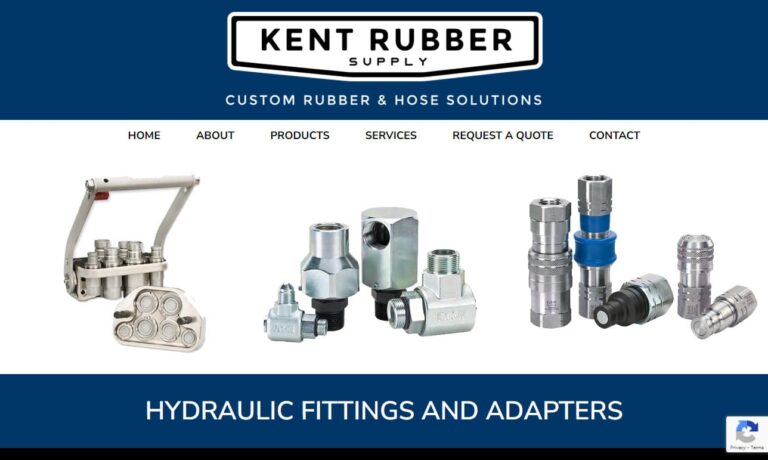
When it comes to quick release couplings we are your experts! Since our establishment we have provided products and services to a global market. Our skilled engineers will work with you from design to delivery to ensure that you are receiving a product that will fit your exact specifications. To learn more about what we may be able to do for you; get in touch with us on the web or by telephone...
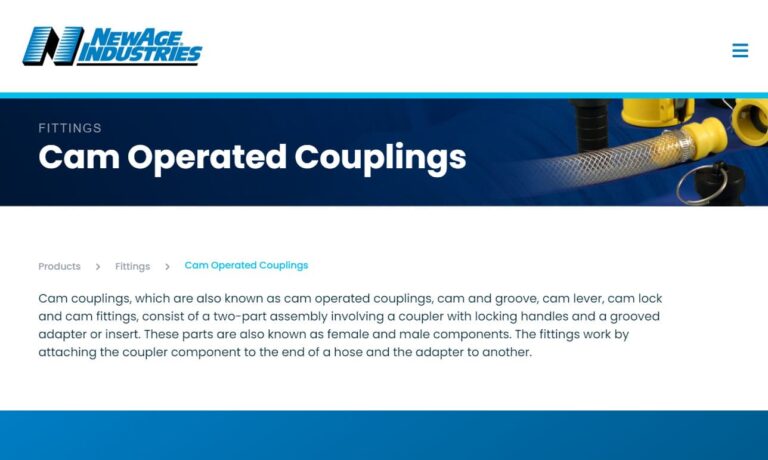
Nudraulix manufactures a full line of quick disconnect couplings, quick connect couplings and hydraulic couplings for air, water and steam from 1/8"-2" sizes. For over 40 years, we have been providing products to numerous industries such as shipping, machinery and fluid delivery systems, as well as oil and natural gas utilities. Contact us today and make us your number one source!
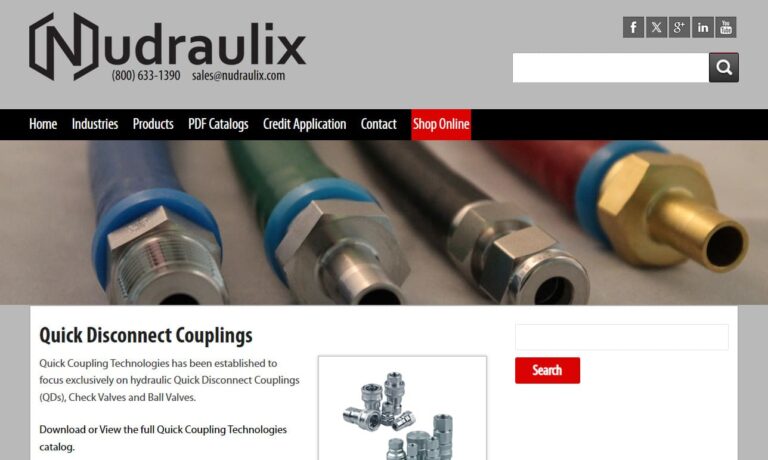
Established in 1985, we have been providing our customers with quick release couplings that provide a lasting value. Our products use the latest technology to ensure a product that will maximize productivity and efficiency for your company! There is no job too large or too small for us to handle! To learn more about how we may be able to benefit you; get in touch with our customer service...
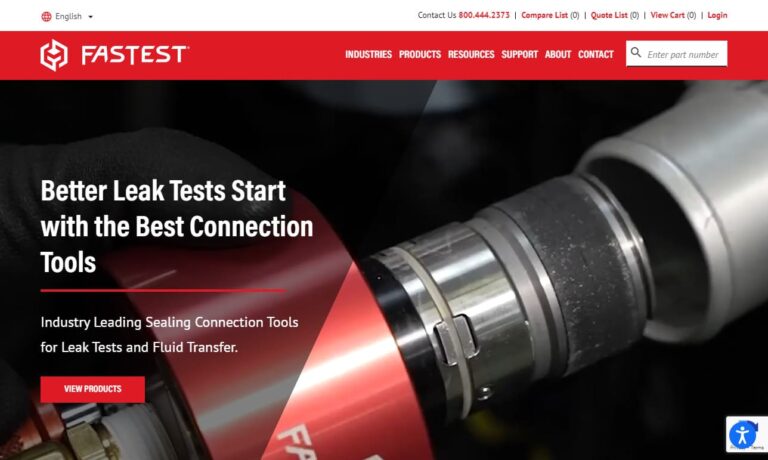
More Quick Disconnect Manufacturers
Applications of Quick Disconnect Couplings
Quick disconnects play a crucial role in handling fluids such as air, chemicals, fuel, gas, hydraulic fluids, oil, solids, steam, and water. These components, though simple, are vital for ensuring fluid transfer without spillage or contamination.
They are widely used in various industries to enhance efficiency and safety. For instance, they are key in agricultural sprayers, automotive systems, chemical and food processing, shut-off and ball valves, construction, firefighting hoses, and gas transfer systems.
In safety-critical fields like aerospace, fuel handling, and emergency response, quick disconnect couplings are indispensable. Aircraft fuel systems employ dry disconnect couplings to prevent spillage and reduce fire hazards. Additionally, these couplings are crucial in emergency services for tasks such as decontamination, oxygen supply, and firefighting.
History of Quick Disconnect Couplings
The initial quick disconnect couplings emerged during World War II to fulfill military demands for more practical alternatives to pneumatic couplings, which were cumbersome and required tools for application and removal. After the war, the broad utility of these couplings was acknowledged, leading to their extensive adoption. Nowadays, quick disconnect couplings are utilized in numerous applications, from garden hoses to medical oxygen lines.
Design of Quick Disconnect Couplings
Manufacturers choose coupling materials based on the liquids they transport and the specific application requirements. They often use materials like carbon steel, stainless steel, copper, brass, nickel-plated brass, bronze, and aluminum. For high-flow applications, they frequently select stainless steel. Additionally, they produce quick disconnect couplers from various plastics. Although metal is the traditional choice, they increasingly use plastic due to its lower production cost and excellent corrosion resistance.
When designing or selecting quick disconnect couplings, manufacturers consider factors such as temperature range, pressure range (psi), fluid flow type, flow line diameter, and usage frequency. They provide couplings that can handle high temperatures and pressures, and offer sizes ranging from one-eighth of an inch to ten inches in diameter. To enhance effectiveness, they sometimes secure quick connect disconnect couplings with wire for added safety.
How Quick Disconnect Couplings Work
Quick disconnects are typically operated manually, as many machines cannot be programmed to respond to unexpected changes. Most quick disconnects are designed for one-handed operation without the need for tools, although some older models still require a wrench.
To connect and disconnect, operators turn an interlock mechanism, such as a nut. To connect, the operator pulls back the female fitting and pushes it onto the male end of a hose or tool, usually with at least one valve. Releasing the fitting completes the connection, activates the coupling, opens the valve, and allows fluid to flow in both directions. When disconnecting, a spring mechanism shuts the valve, stopping the flow immediately. This immediate shutdown feature is crucial in preventing system leaks from becoming significant issues.
Types of Quick-Release Couplings
Quick release couplings are available in various configurations to suit diverse applications. Types include plain connectors, sleeve and poppet couplings, single-poppet connectors, double-poppet connectors, sliding ball couplers, hydraulic quick disconnects, air quick couplers, breakaway couplers, dry disconnect couplings, ball couplers, and camlock couplings.
Plain connectors, true to their name, represent the most straightforward and cost-effective type of quick coupling. These connectors function by joining the female and male ends with the assistance of a ball-bearing sleeve lock, ensuring a secure and efficient connection.
Sleeve and poppet couplings, on the other hand, are designed to prevent any fluid loss and do not allow air to enter the system. This feature makes them highly reliable for applications where maintaining system integrity is crucial.
Single-poppet connectors are particularly suited for applications that can tolerate minor spillage. These connectors effectively close off the liquid supply using a single seal, providing a balance between functionality and simplicity.
Double-poppet couplings are engineered with two seals to effectively isolate liquids on both sides of the connection. This sophisticated design traps only a negligible amount of fluid between the valves, thereby eliminating the need to collect or drain spilled product from the lines before disconnecting the coupling. This feature significantly enhances operational efficiency and cleanliness, making it an ideal choice for applications where fluid integrity is paramount.
Sliding seal couplers are specifically utilized to ensure minimal spillage in hazardous chemical applications. To minimize the potential for bacteria and dirt accumulation, these couplers feature seals that are flush with the exposed ends of both the male and female halves. This design consideration is crucial for maintaining the highest standards of hygiene and safety in environments where contamination can pose serious risks.
Hydraulic quick disconnects, also known as hydraulic quick couplings, represent a specialized category of disconnect couplings. These couplings are meticulously designed to enable the efficient connection and disconnection of fluid lines in hydraulic systems. By maintaining fluid pressure and preventing the introduction of air, hydraulic quick disconnects ensure the seamless operation of hydraulic machinery, thereby supporting the reliability and performance of critical systems.
Air quick couplers are specialized connectors designed for use with air, particularly in facilitating connections between air compressors and pneumatic tools. Often referred to as quick air compression fittings in certain contexts, these couplers are crafted to high standards. However, since air spillage typically poses minimal risk, the seals on these couplers are not as stringent or rapid as those found in other types of couplings.
Breakaway couplers are commonly employed in the transfer of hazardous materials. These couplers are designed to remain open during normal operation but close swiftly when subjected to excessive force, thereby minimizing product loss and enhancing safety.
Dry disconnect couplings feature a device akin to a mechanical internal lock, preventing accidental openings and releases. To detach the coupler from the pipe or hose, the valves must be closed and sealed by matching discs in both the male and female halves. These couplings ensure drip-free connections, making them ideal for handling hazardous materials or in sanitary environments.
Ball couplers are designed to securely hold flow lines together using a series of balls. The operator initiates the connection by pressing a button, causing the balls, located on either the female or male bodies, to engage and join the two halves. Once the balls are properly seated, releasing the button locks the connection in place, ensuring a stable and reliable joint.
Camlock couplings, also referred to as cam and groove hose couplings, are primarily utilized in chemical and petroleum flow lines. These couplings consist of a female coupler and a male adaptor that connect through the interaction of the coupler’s cam arms and the adaptor’s grooves. This mechanism forms a robust gasket seal, providing a secure and efficient connection ideal for demanding applications.
Advantages of Quick Disconnect Couplings
Quick disconnect couplings provide notable advantages, making them a preferred choice in various industrial applications. Their primary benefit is their speed and ease of use, allowing rapid connection and disconnection of fluid or gas lines with minimal effort. This efficiency saves valuable time during equipment setup, maintenance, and repairs, boosting overall productivity.
Additionally, quick disconnect couplings ensure a secure and reliable connection. When properly engaged, they form a tight seal, preventing leaks and minimizing fluid loss. This is especially important in applications where fluid containment is critical, such as hydraulic systems, fuel lines, and medical devices.
Quick disconnect couplings significantly enhance safety across various industries. Their ability to rapidly disconnect allows operators to quickly isolate equipment and pipelines in emergencies or during maintenance. This swift isolation capability helps prevent accidents, spills, and hazardous situations, ensuring the safety of both personnel and the environment.
In addition to their safety benefits, these couplings are available in a variety of materials, sizes, and configurations to suit diverse applications. Whether used in high-pressure hydraulic systems, pneumatic tools, or fluid transfer lines, there is a quick disconnect coupling designed to meet specific needs. This versatility makes them adaptable to a wide range of industries, including automotive, aerospace, manufacturing, and agriculture.
Quick disconnect couplings offer durability and long-lasting performance. High-quality couplings are engineered to endure extreme temperatures, chemicals, and mechanical stresses, ensuring a longer service life. This reduces the need for frequent replacements and leads to cost savings over time.
In summary, quick disconnect couplings excel in speed, ease of use, reliability, safety, versatility, and durability. They enable rapid connections and disconnections, secure seals, and adaptability to various applications, making them a preferred choice in many industrial settings. As technology and materials advance, these couplings will continue to be crucial for optimizing efficiency and safety across diverse industries.
Accessories for Quick Release Couplings
Accessories for quick release couplings are essential for enhancing their performance, safety, and lifespan across multiple industries. Important accessories include protective dust caps, plugs, housings, and breakaway clamps.
Protective dust caps and plugs are designed to keep out dust, dirt, and other contaminants when the coupling is not in use. These contaminants can harm internal components, decrease efficiency, and lead to early wear. Therefore, using protective caps and plugs is critical, particularly in outdoor or demanding environments.
Handles and grip enhancements for quick release couplings facilitate easier connection and disconnection, especially when operators wear gloves or work in challenging conditions. The necessity of these accessories depends on the application and environment of use. Considerations include operating environment (indoor, outdoor, cleanroom, harsh conditions), exposure to contaminants (dust, dirt, chemicals), risk of accidental disconnections or impacts, and ergonomic ease of use.
For outdoor or dusty environments, protective dust caps and plugs are essential. In critical machinery or systems where accidental disconnections could have severe consequences, breakaway clamps are necessary. Evaluating these factors and potential risks will help determine which accessories are required for the safe and efficient operation of quick release couplings in your application.
Accessories such as protective dust caps, plugs, housings, and breakaway clamps enhance the functionality, safety, and durability of quick release couplings in various industrial settings. By assessing operating conditions and potential risks, you can identify the specific accessories needed to optimize the performance and reliability of quick release couplings in your application.
Proper Care and Standards for Quick Disconnect Couplings
To ensure the longevity and performance of your couplings, protect them from contamination during periods of disuse by covering them with plugs and caps. Use couplings only within their designated pressure limits, as exceeding these limits can result in failure, potentially causing injury, death, or environmental damage. Additionally, ensure that couplings are compatible with the fluids they will transport; for instance, avoid using materials that are not corrosion-resistant for chemicals. Coupling operators should also familiarize themselves with the supplier’s safety guide and exercise common sense during operations.
Quick disconnect couplings are required to meet relevant ISO (International Standards Organization) standards. ISO establishes standards for various types of quick disconnect couplings, including hydraulic and cylindrical. Examples of common ISO series include ISO 7241 series A and B, both addressing hydraulic quick disconnect couplers. Furthermore, ensuring your quick disconnect fittings comply with local, industry, and application-specific standards is essential. To identify these standards, consult with industry leaders.
Purchasing Quick Disconnect Couplings
To find the ideal quick disconnect fittings, connect with a coupling supplier that prioritizes your needs. Explore the manufacturers listed on this page, all of whom have a proven track record of excellence. However, a manufacturer’s suitability may vary based on your specific requirements.
Start by creating a specifications list that includes your application requirements, budget, and delivery deadlines. With this list, browse our recommended manufacturers. Select three or four that best match your criteria and reach out to each one to discuss your project. Request a summary of the conversation and a quote via email. Finally, compare the information and choose the manufacturer that best meets your needs.


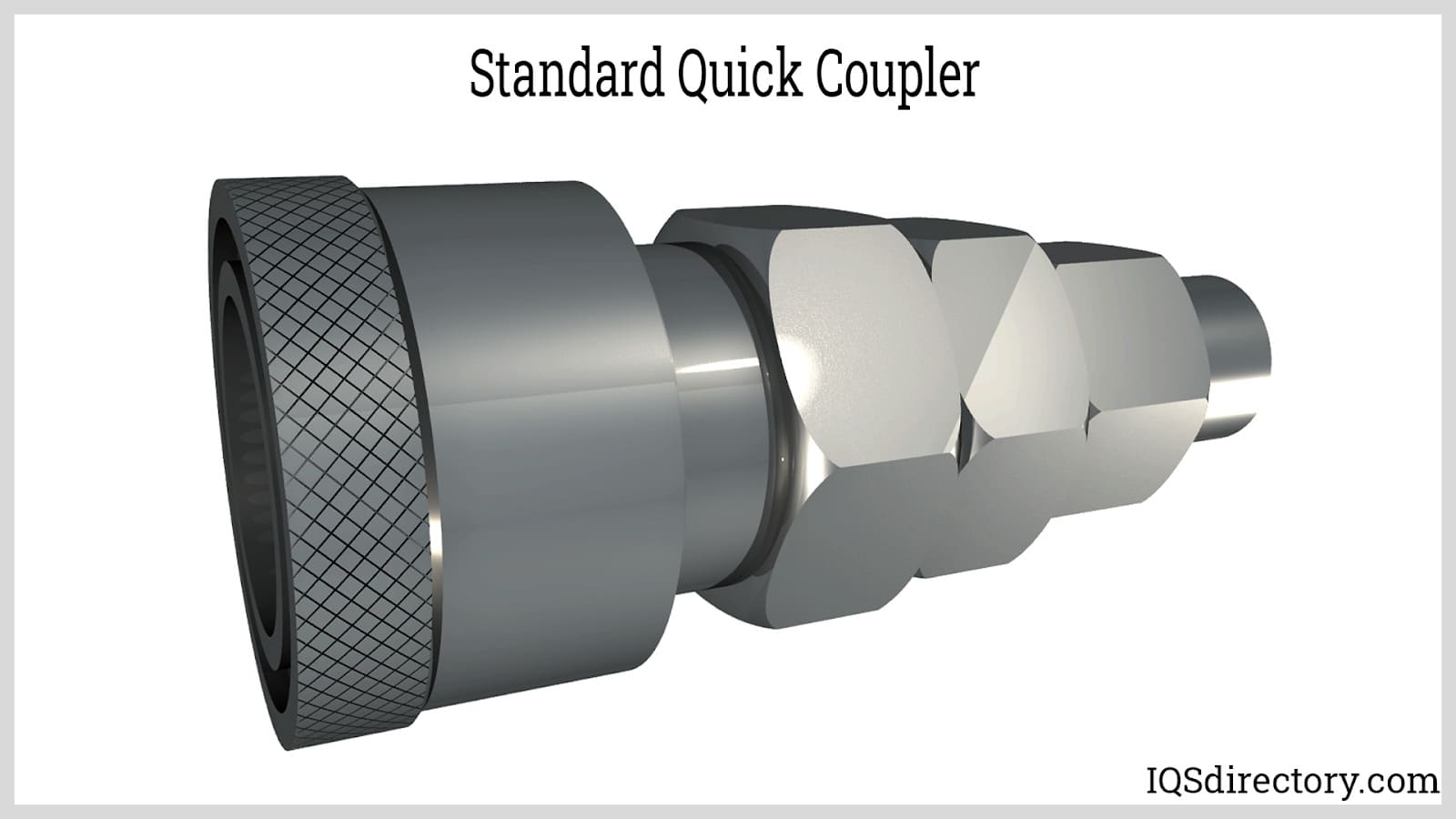
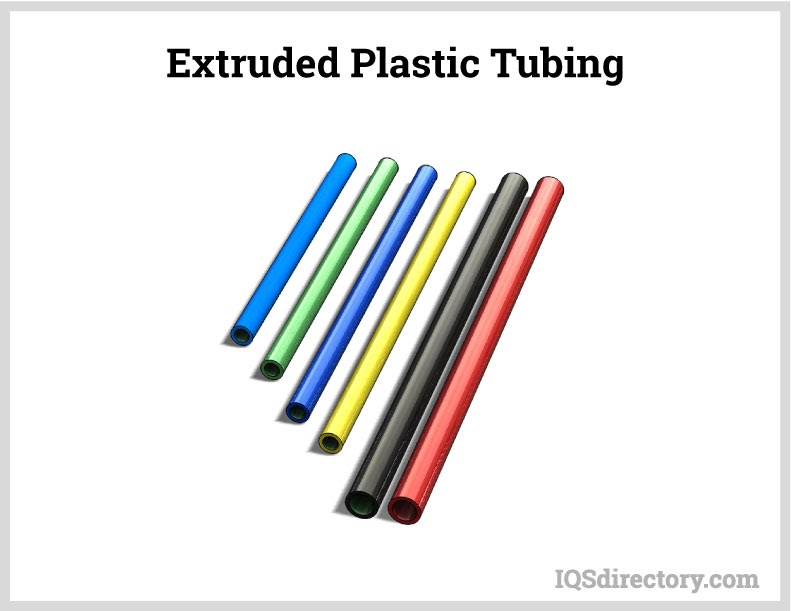
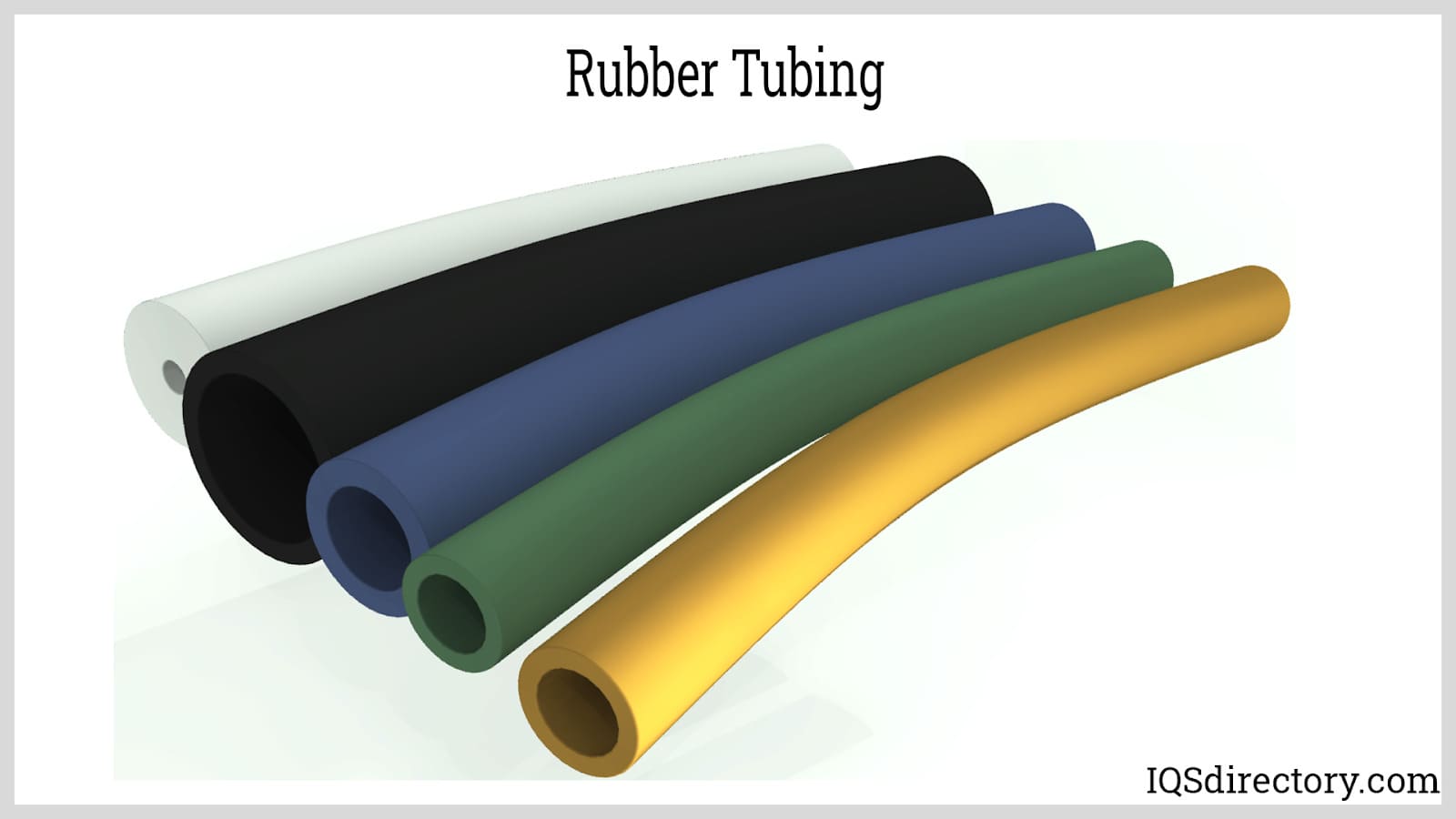
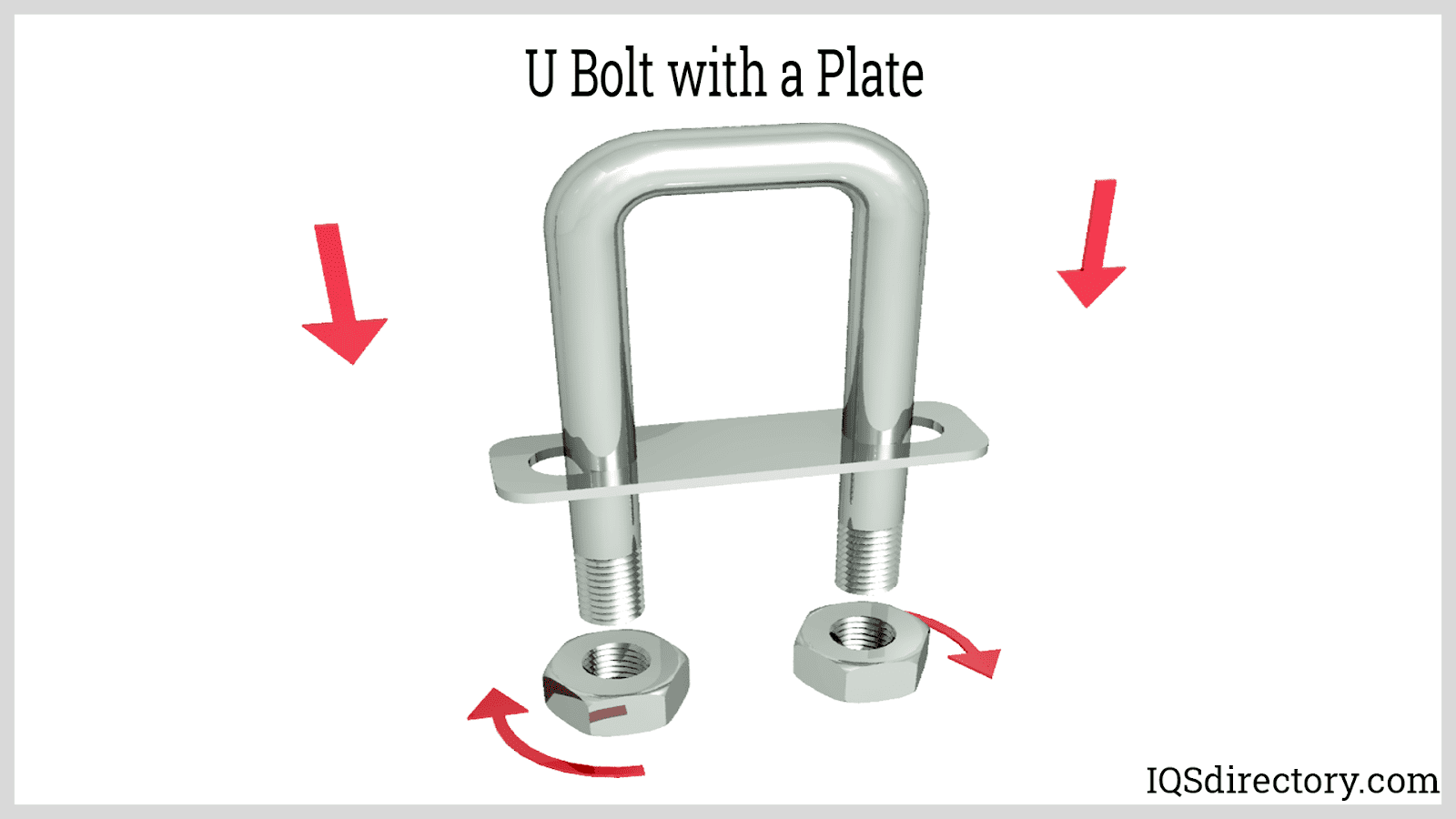
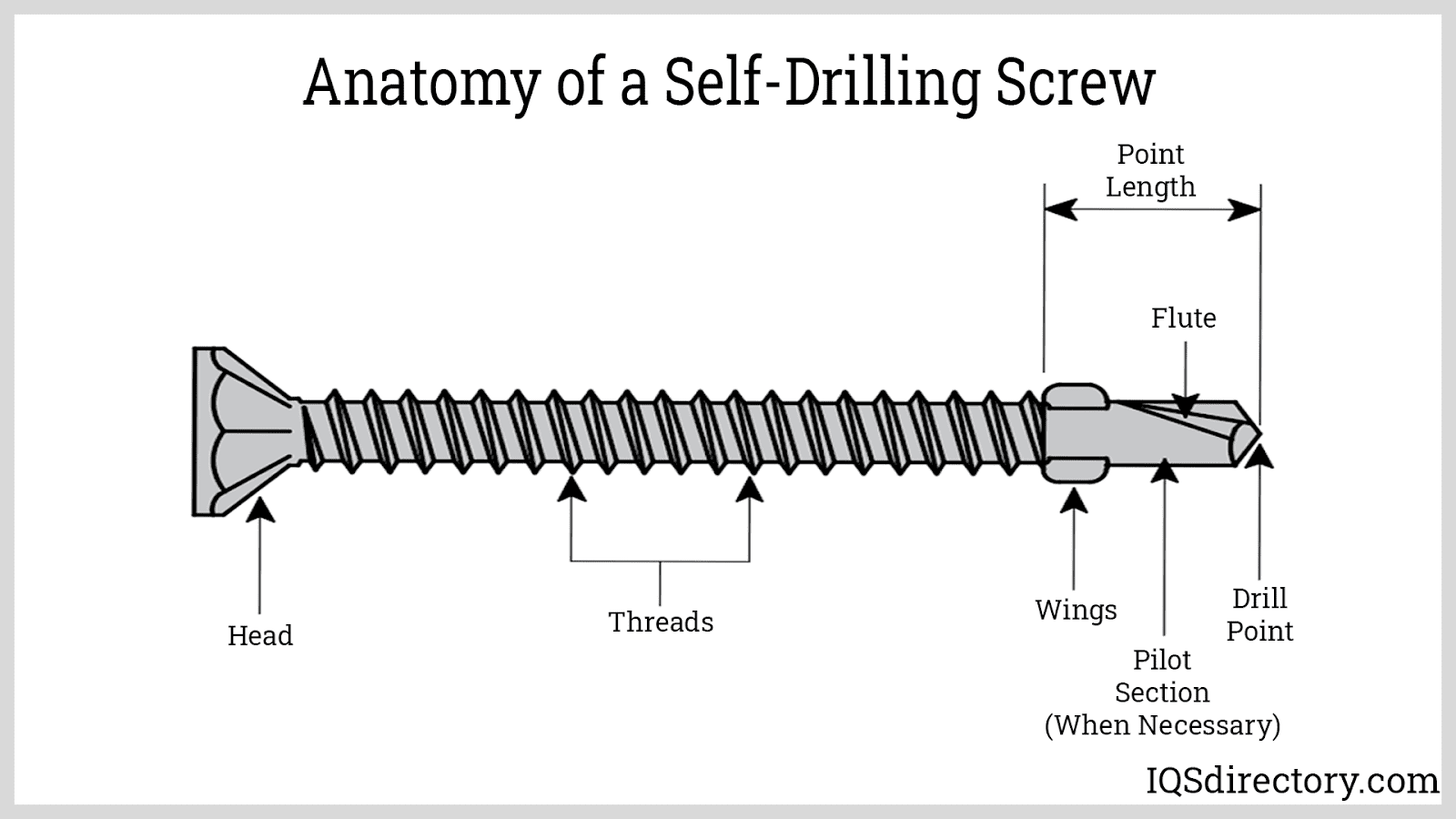
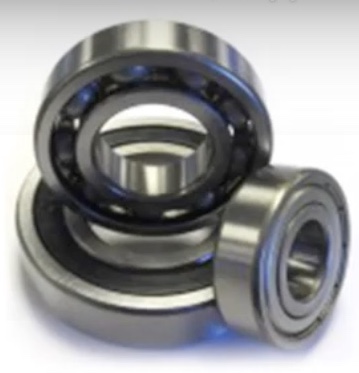 Ball Bearings
Ball Bearings Ball Screws
Ball Screws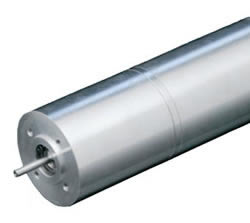 Electric Motors
Electric Motors Friction Materials
Friction Materials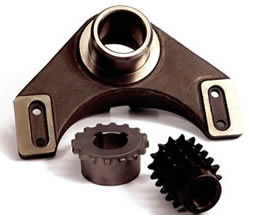 Gears
Gears Quick Release Couplings
Quick Release Couplings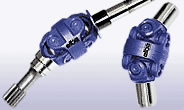 Shaft Couplings
Shaft Couplings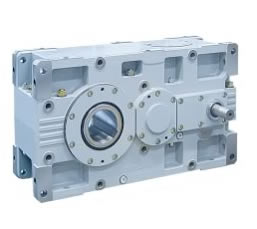 Speed Reducers
Speed Reducers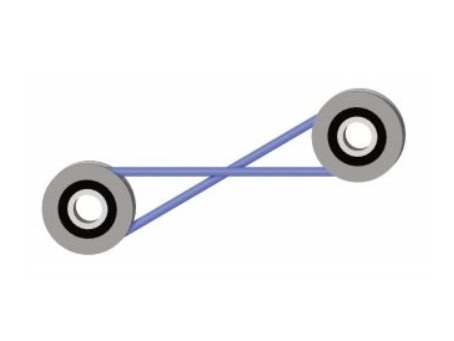 Timing Belting
Timing Belting Castings & Forgings
Castings & Forgings Bulk Material Handling
Bulk Material Handling Electrical & Electronic Components
Electrical & Electronic Components Flow Instrumentation
Flow Instrumentation Hardware
Hardware Material Handling Equipment
Material Handling Equipment Metal Cutting Services
Metal Cutting Services Metal Forming Services
Metal Forming Services Metal Suppliers
Metal Suppliers Motion Control Products
Motion Control Products Plant & Facility Equipment
Plant & Facility Equipment Plant & Facility Supplies
Plant & Facility Supplies Plastic Molding Processes
Plastic Molding Processes Pumps & Valves
Pumps & Valves Recycling Equipment
Recycling Equipment Rubber Products & Services
Rubber Products & Services